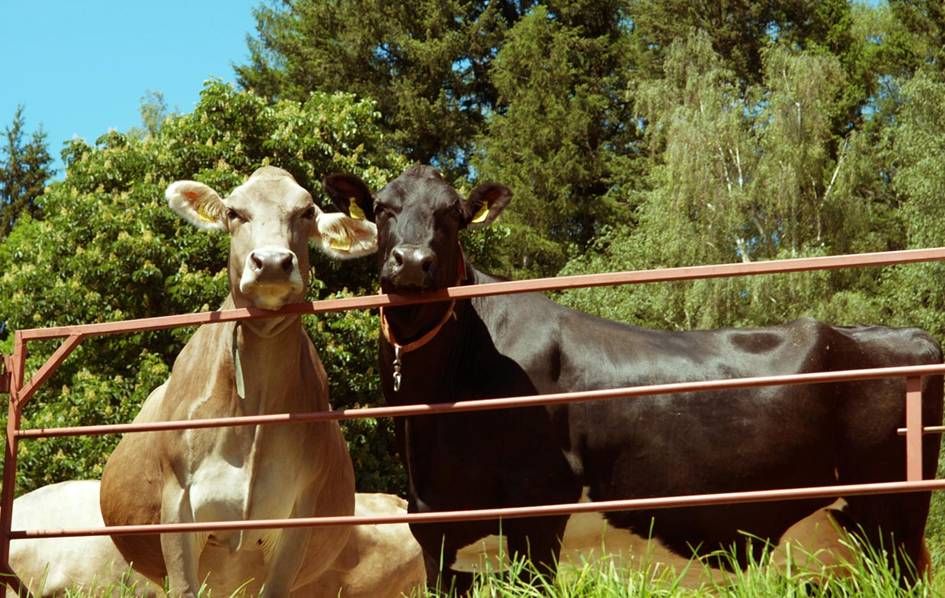One specification of the pH probe is that the measured values (pH value and also the temperature) are stored in the probe and can be read from outside the rumen. This rumen pH measurement system transmits the measurement results wirelessly. The receiving unit is connected directly to a laptop, where the results can be immediately read, graphically displayed and interpreted.
The current specification of the rumen pH probe includes user-selectable measurement intervals (from 1 second to hourly intervals) and, due to its design, can also be entered per os into an adult, non-rumen-fistulated cow. Since the energy supply to the probe is still the limiting factor with regard to the measurement duration, the probe is initially only used in cattle with rumen fistula.
The measuring probe will be used in feeding trials at the LFZ Raumberg-Gumpenstein and at the University of Veterinary Medicine in Vienna and will provide data that has not previously been possible anywhere in the world, as the probes are technically an absolute novelty.
Development of subclinical and clinical rumen acidosis:
Rumen acidosis is primarily triggered by an oversupply of rapidly fermentable carbohydrates (starch, sugar). A usually simultaneous lack of structural carbohydrates (commonly referred to as crude fiber) leads to reduced rumination with reduced saliva production and consequently lower buffer capacity in the rumen.
The problems in practice arise from the following circumstances:
- Rumen acidosis usually occurs subclinically and therefore goes undetected and untreated for a long time
- The currently existing direct detection methods (rumen juice collection via gavage or ruminocentesis) are not well established in practice, are not without controversy and are prone to errors
- The indirect methods for detecting rumen acidosis (milk fat content/fat/protein ratio) are retrospective, meaning that the disease must have already occurred or have existed for a long time before it is recognized as such.
The aims of the project are therefore to precisely define rumen acidosis as such using the test system (how long below which pH threshold) and that this condition can be recognized immediately ("online") and not only afterwards when symptoms of the disease or secondary diseases already exist are to be feared. These conditions can be compared with or assigned to the respective underlying feeding regime. As part of various feeding experiments, the pH curve in the rumen and the duration of certain pH reductions are documented, statistically evaluated and interpreted.







